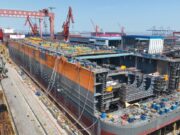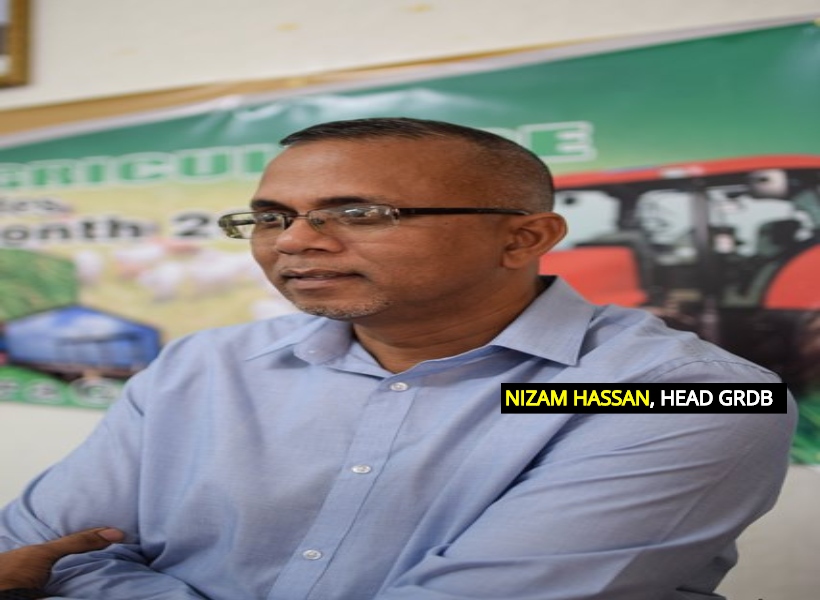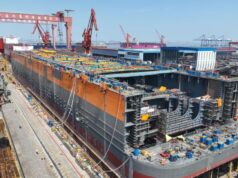By Suraj Narine
While residents of Region Five (Mahaica/Berbice), across the board, are counting their losses, rice farmers, who operate in the areas affected by the recent hightide-induced flooding, are set to suffer the most. Guyana Standard understands that those farmers could end up experiencing setbacks well over a year down the line.

This is likely to be the case as reducing the salinity in rice lands that were soaked by seawater, can take up to three crop seasons (18 months) according to the General Manager (GM) of the Guyana Rice Development Board (GRDB), Nizam Hassan.
During an interview with the Guyana Standard, the official noted that affected lands must be “leached” out to reduce and stabilise the salt content in the soil for recultivation.Leaching, he explained, is the process of extracting substances from a solid by dissolving them in a liquid. In this case, water with a low salinity level – such as freshwater, or rainwater – can be used to dilute the sodium in the soil.
Hassan warned that the failure to reduce the salinity level in the soil before recultivation can result in little, or no return.
“The land has to be leeched out because when the salinity level is high, obviously you will get a lower yield and sometimes no kind of yield, depending on how high is the salt content. But once the salt is leached out (production can return to normal. Leaching) can take as long as – and that depends on the supply of freshwater – three crop seasons, which is 18 months,” he said.
But inundating the land with freshwater will not be enough, Hassan said. He added that land will have to be churned (ploughed) in order to ensure that the soil is rotated and that there is deeper penetration of the freshwater.

Hassan related, “Let’s say you take water from the conservancy and you flood the land, you’ll have to churn it up and then let it drain. And you’ll have to do that several times for that water to drain out. And when you do that constantly, you’ll have to take a salinity metre and check the salinity level.” He added that this method will undoubtedly come at an additional cost to farmers.
Asked if the GRDB conducted any salinity test recently, Hassan responded in the affirmative. He noted, “the GRDB would have checked the salinity level since the first floods, and it was very, very high”.
The official said that the salinity level is 9000 parts per million (ppm). Asked what the required level should be, Hassan noted that, that would depend on the stages of growth.
“Depending on the stage of the crop, the required salinity level would vary. But that 9000ppm is way above what is required,” he stressed.
Hassan’s assessment of the salinity issue comes at a time when the region and several other areas along the coast are still reeling from the effects of usual high tides, which resulted in overtopping and penetration of sea defence structures. Video footage and pictures show several areas of the coast inundated, even as officials effect emergency works.
Region Five was hit hard by violent waves that left at least three breaches along its northern sea defence system. This resulted in inundation of both dwelling and farming areas, ultimately leading to the loss of crops and livestock.
The extent of the damage has not yet been revealed by the authorities. This event would have been the second of this kind in a month.
(Photos of high tide are taken from Reel Guyana)













